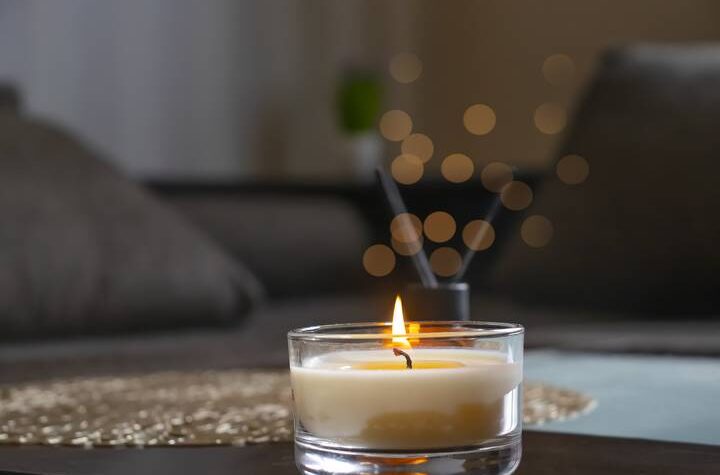Did you know that there are different waxes used to make candles? There are plenty of waxes in the market; you only need to go through this blog to find out which ones are the best for candle making, alongside the benefits they offer.
The best wax to use for candles depends on your preferred results and type of candle. However, candle makers should remain focused on achieving at least 99% environmental safety, regardless of the wax, they choose to use.
It’s important to go for waxes that can perfectly hold dyes and pigments, as everyone wants something away from the ordinary nowadays. You can choose the best type of wax to make candles suitable for your needs. needs ensuring they are eco-friendly. Your choice depends on the shape and type of candles you wish to make. It also depends how long you want the candles to serve you.
Here are the eight best waxes to use for candles:
1. Coconut Wax
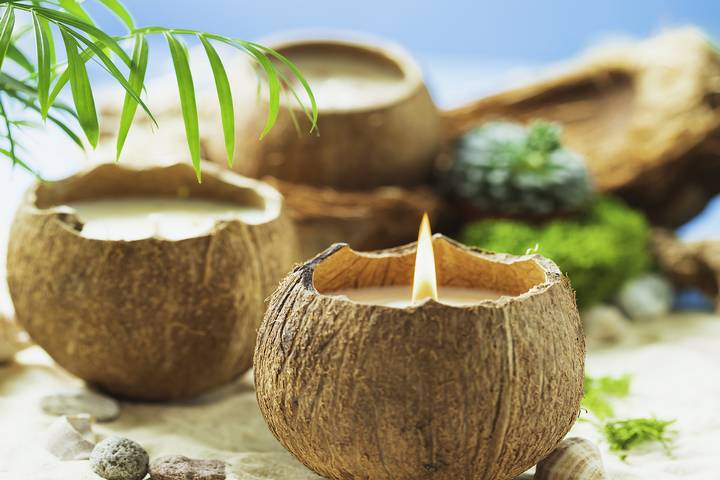
Coconut wax won the top level of the list due to its exciting and heavenly features. Harvested from natural coconuts, the wax is sustainable and suitable for making candles that can be renewed. They also have a sweet smell that can have you reminiscing about the coconut meal you once had.
Additionally, coconut wax candles hosts colour additives and other ingredients pretty well due to its cohesive nature. They are suitable for crafty and decorative candles. The wax produces less soot than other types and is, therefore, more eco-friendly.
However, they are quite expensive due to the high-demand nature of coconut products, and you can never regret owning coconut wax candles around your house.
2. Paraffin Wax
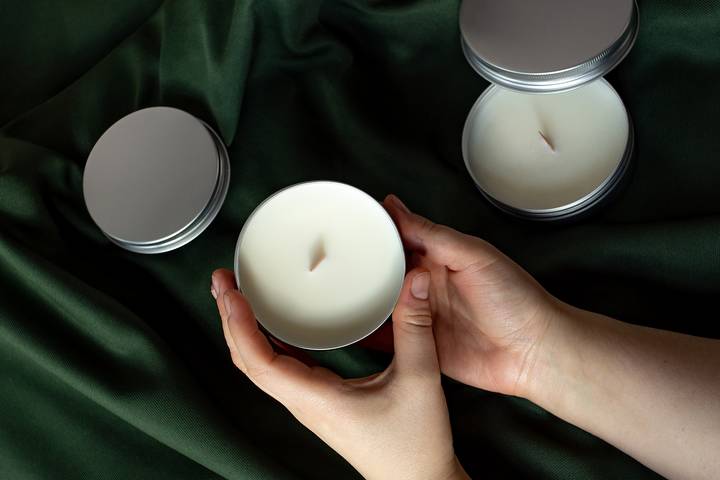
Paraffin wax candles host plenty of benefits to the user; no wonder they’re the most commonly used globally. Since its invention in the 1820s, the paraffin wax candle has served millions of households with its heavenly fragrances, stable features, and great illumination.
The wax lets the creators get crafty with different colours, shapes, and sizes. Although not so eco-friendly due to the production of soot, paraffin wax candles are affordable and easily accessible in nearly every store.
3. Gel Wax
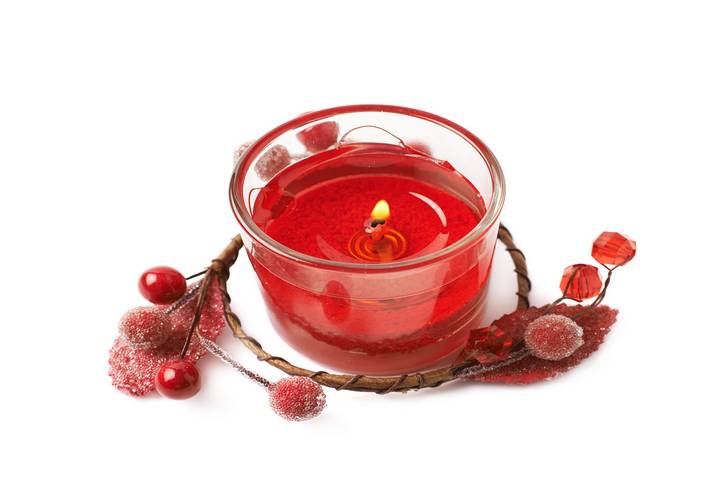
Gel wax for candles isn’t an actual wax but a blend of polymer resin and mineral oil. The mixture makes one of the most appealing candles, allowing the use of decorated glass holders that you can see through as the candle burns down gently.
It can hold different additives such as colours and sweet fragrances, thus perfect for decorating your home and space. While you might see most gel wax candles labelled ‘soot-free,’ it’s unfortunately not true; the production levels of soot are lower than paraffin candles and other waxes.
4. Soy Wax
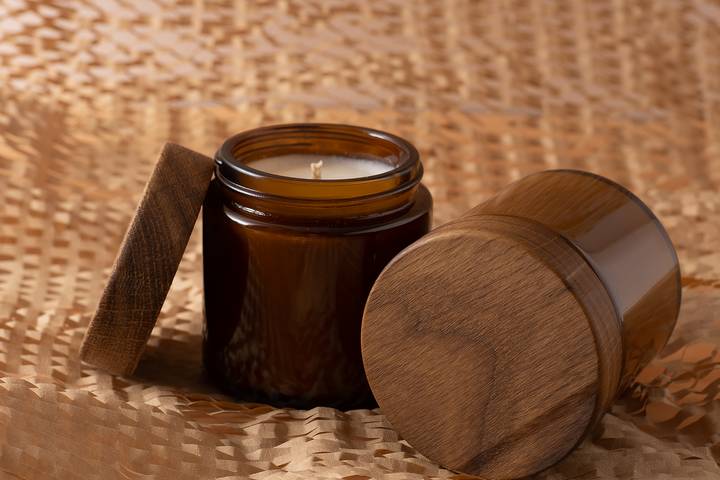
Soy wax is made from natural oil and is denser and more long-lasting than other waxes. Its soft and thick nature allows it to burn up to 50% longer than other waxes, thus making it the most reliable for the entire house.
Furthermore, as a by-product of soybeans, soy wax makes the most eco-friendly candles on earth, producing less soot than paraffin and other waxes. The wax can hold other ingredients such as colour and fragrances, making great candles for your interiors, not forgetting its renewable feature, which is cost-effective.
5. Palm Wax
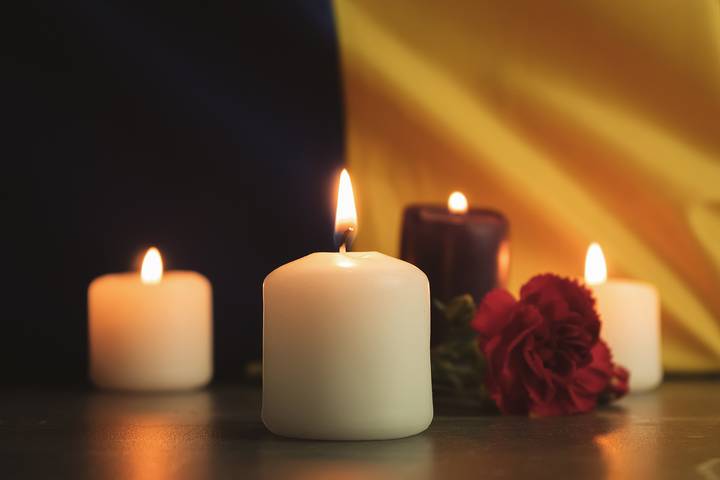
Also known as Carnauba wax, palm wax is almost similar to soy wax, made from palm oil. The wax is a perfect raw material for creating nearly 100% eco-friendly candles as they produce less soot and related compounds than petroleum waxes.
Candles made from palm wax are quite hard in texture and could have some exciting cracking sounds while burning. Palm wax candles are a great option for nearly all types of candles.
6. Beeswax for Candles
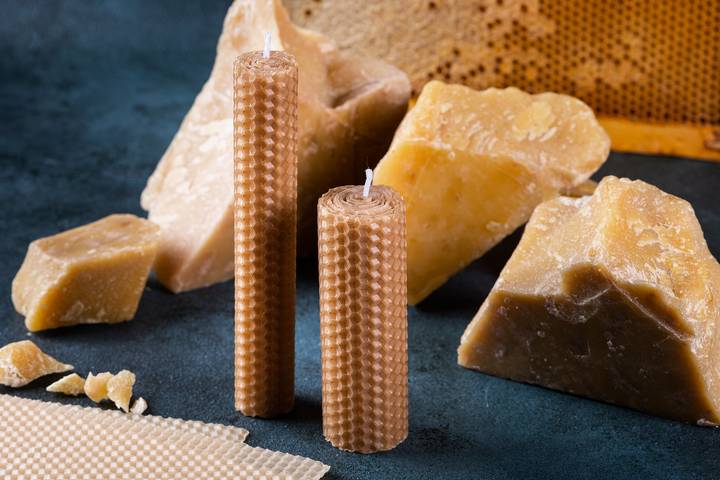
The ancient Egyptians and Greeks first used beeswax for candles, and later, the earliest Roman Catholic Church started using it. Natural wax has passed its benefits to generations and generations with a more advanced touch for the current years.
Beeswax is derived from the bee honeycomb hives and thus can be considered environmentally friendly as it produces very few amounts of soot and related compounds. The wax is best suited for unscented candles as the sweet smell of beeswax is slightly a turn-off when burnt or tampered with.
However, you can blend beeswax with sweet fragrances to manage the unpleasant smell and have more effective results for the user.
7. Rapeseed Wax
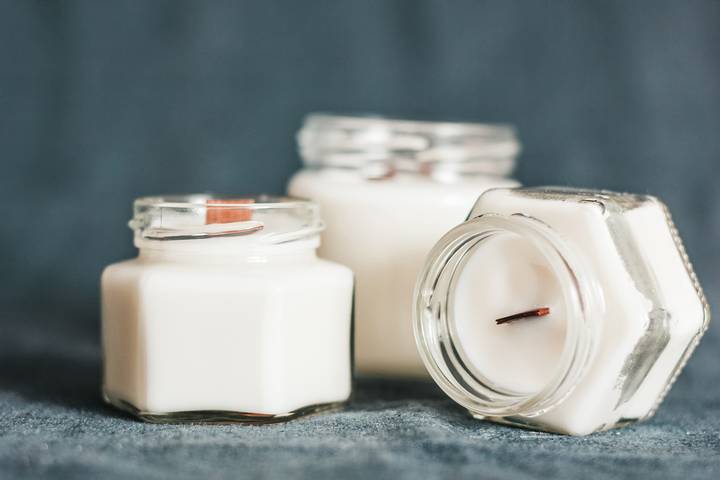
Also known as the Canola, the rapeseed wax for candles is the newest in the world of candles and seems to be working miracles for the users with bountiful benefits. The wax is made with the rape seed oil found in the yellow flowers of cabbages and other mustard-like plants.
Rapeseed wax candles are eco-friendly as they produce a small percentage of soot and retain great fragrances and a neutral odour. The wax can hold other additives such as dyes and pigments, not forgetting its long-lasting feature.
8. Different Waxes
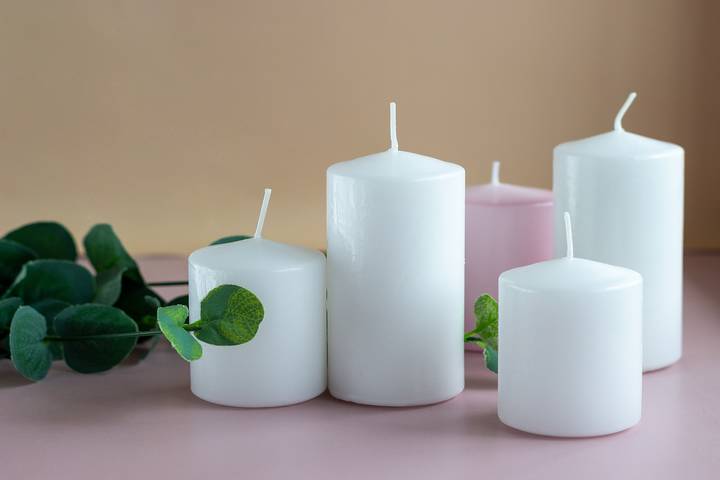
You don’t always have to rely on a single wax for candles, while you can get crafty with two or more waxes for more effective results. Your blend can comprise petroleum and natural waxes to manage the effects of soot production on the environment.
Paraffin wax candles perfectly match the soy wax candles and achieve a 99% soot-less blend. Blended wax candles last longer than single ones due to the combined benefits of every wax. They also offer a room for arts and crafts as one can add different dyes, pigments, and designs to create their privately owned brands separate from the single wax candle brands.

